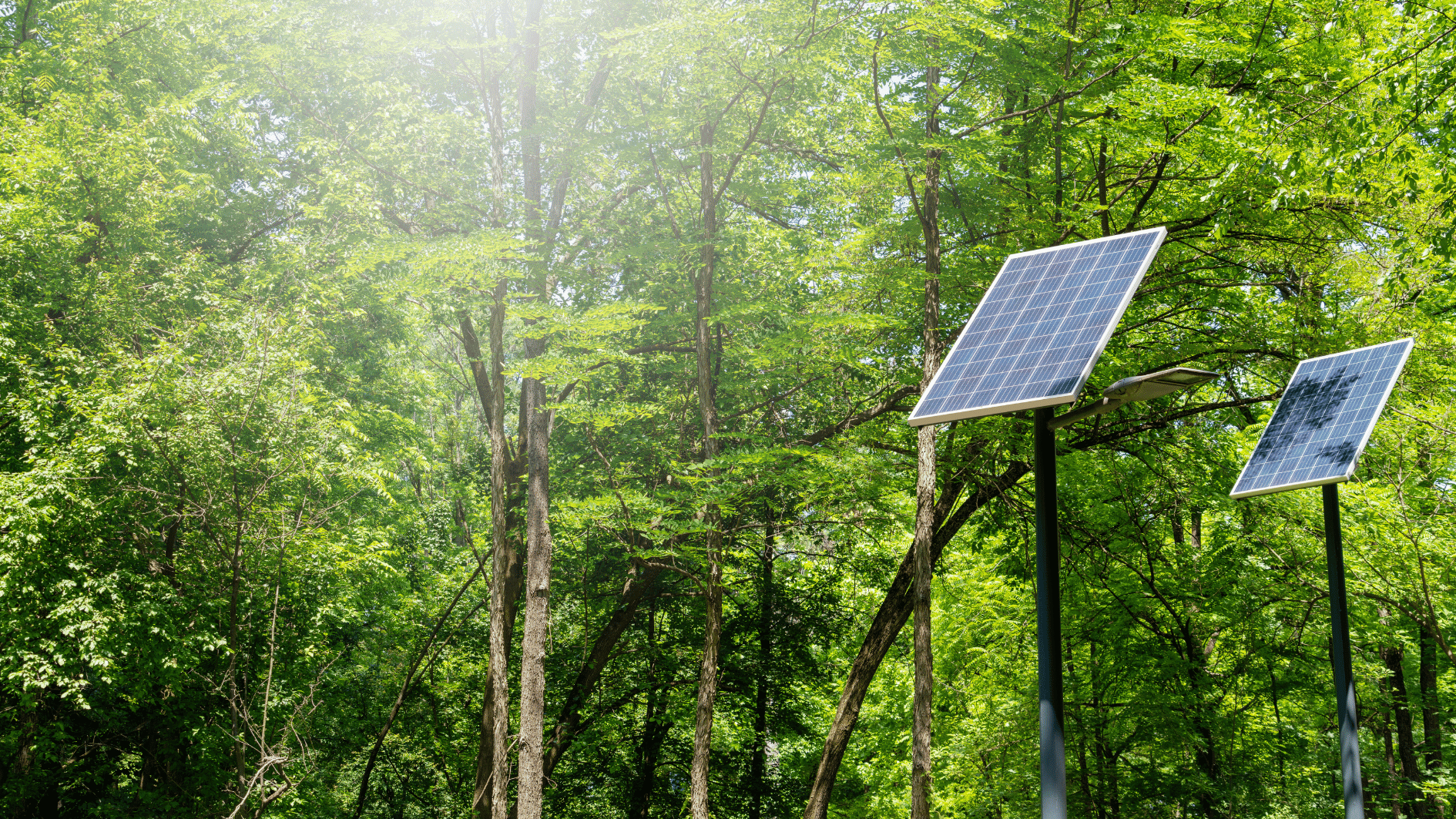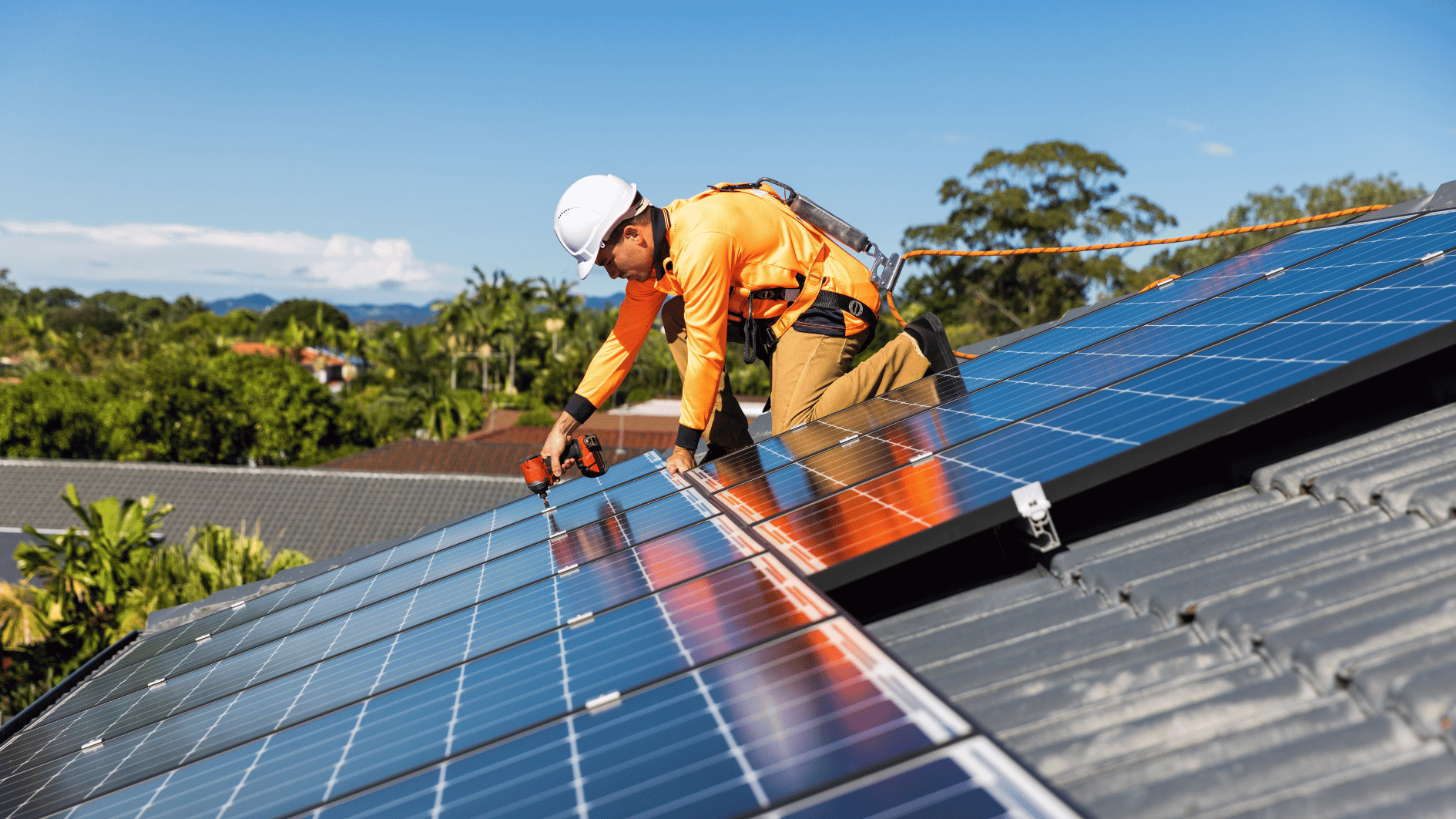Image source: Canva.com
The rise of co-located clean energy data centers
As artificial intelligence fuels demand for computing capacity, technology companies are increasingly integrating solar, wind, and battery storage into new data center developments. This approach secures power supply and aligns with net-zero targets. Google recently partnered with Intersect Power and TPG Rise Climate in a $20 billion initiative to power data centers with co-located renewable energy projects.
Grid strain and clean power challenges
The U.S. Department of Energy (DOE) reported in July 2024 that grid connection requests for massive data centers – some exceeding 300 MW – are stretching the power network. While data center lead times typically range from one to three years, new grid connections for clean power often face longer delays due to congested transmission queues. Data center energy demand is projected to double by 2028, rising from 176 TWh in 2023 to between 325 and 580 TWh.
Industry and government collaboration
Tech and investment groups are mobilizing capital for AI infrastructure. President Donald Trump recently endorsed a $500 billion pledge by industry leaders to enhance power and data center capacity. Stakeholders aim to streamline permitting and grid connection processes to ensure clean power aligns with data center expansion.
Expansion beyond traditional hubs
Northern Virginia remains the largest data center hub, but emerging markets such as Oregon, Columbus, Salt Lake City, and Kansas City are growing. The increasing demand is expected to influence wholesale power prices significantly.

The Future of Solar Technology: How AI and Smart Grids Are Revolutionizing Solar Panels
Clean energy solutions for data centers
To maintain 24/7 operations, data centers often rely on dispatchable power sources, including gas-fired and nuclear plants, alongside renewable energy. Some developers are exploring cost-effective configurations, incorporating long-duration energy storage (LDES) to bridge intermittent gaps.
Major investments in sustainable infrastructure
Google, in collaboration with Intersect Power, plans to anchor new clean energy assets to support data centers. Similarly, KKR and Energy Capital Partners (ECP) have committed $50 billion to fast-track data center and power generation projects. These investments underscore the industry’s shift towards integrated clean energy solutions.
Long-term power purchase agreements
Tech firms are securing renewable energy through long-term power purchase agreements (PPAs). For instance, Google’s Oklahoma data center is supported by 700 MW of solar projects from Leeward Renewable Energy, supplying power through firm transmission service agreements.
A sustainable future for AI infrastructure
The intersection of AI growth and clean energy development presents both challenges and opportunities. With collaborative efforts between tech firms, utilities, and policymakers, the industry is poised to enhance sustainability while meeting soaring computing demands. Co-located renewable power projects could be the key to balancing AI-driven expansion with environmental responsibility.
Source: Reuters





